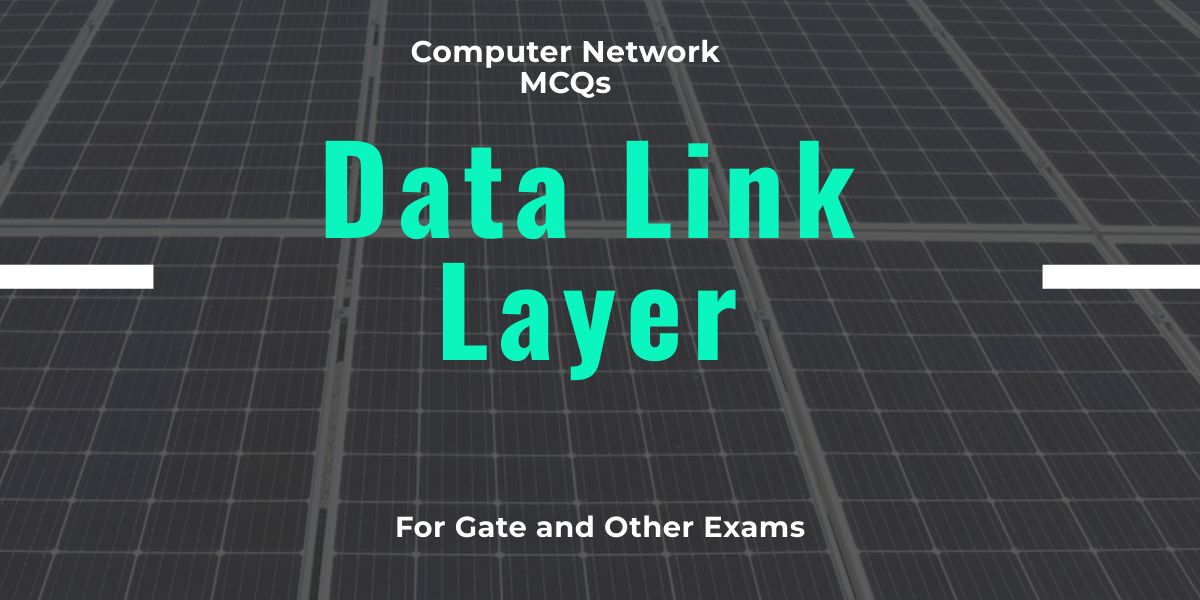
Data Link Layer
Data Link Layer in Detail
The Data Link Layer (Layer 2) of the OSI model is responsible for node-to-node communication within a network. It ensures that data is transmitted correctly over the physical layer by handling framing, addressing, error detection, and media access control.
1. Functions of the Data Link Layer
a. Framing
- The data link layer divides raw data into frames before transmission.
- Each frame contains headers, payload (data), and trailer.
b. Physical Addressing (MAC Address)
- Uses MAC (Media Access Control) addresses to identify source and destination devices.
- MAC addresses are unique and assigned to network interfaces.
c. Error Detection and Correction
- Uses Cyclic Redundancy Check (CRC) or checksum to detect errors in transmitted frames.
- Some protocols include mechanisms for error correction (e.g., ARQ – Automatic Repeat reQuest).
d. Flow Control
- Ensures a sender does not overwhelm a receiver.
- Uses techniques like stop-and-wait and sliding window protocol.
e. Media Access Control (MAC)
- Prevents data collisions when multiple devices share the same medium.
- Uses protocols like CSMA/CD (Ethernet) and CSMA/CA (Wi-Fi).
2. Sublayers of the Data Link Layer
a. Logical Link Control (LLC) Sublayer
- Provides flow control and error handling.
- Allows multiple network protocols (like IPv4, IPv6) to use the same network interface.
- Defines Service Access Points (SAPs) for communication.
b. Media Access Control (MAC) Sublayer
- Controls access to the physical transmission medium.
- Manages collision detection and avoidance.
- Uses MAC addresses for device identification.
3. Data Link Layer Protocols
a. Wired Protocols
- Ethernet (IEEE 802.3): Most common wired LAN protocol.
- HDLC (High-Level Data Link Control): Used in point-to-point connections.
- PPP (Point-to-Point Protocol): Used in direct links like DSL.
b. Wireless Protocols
- Wi-Fi (IEEE 802.11): Used in wireless networks.
- Bluetooth (IEEE 802.15): Short-range wireless communication.
- Zigbee: Used for IoT applications.
c. Other Protocols
- Token Ring (IEEE 802.5): An older LAN protocol using token-based access.
- Frame Relay: Used in WANs for fast packet switching.
4. Media Access Control Techniques
Since multiple devices share the network medium, the Data Link Layer uses MAC protocols to avoid collisions.
a. Contention-Based (Random Access)
- Devices compete for access.
- Examples:
- CSMA/CD (Carrier Sense Multiple Access with Collision Detection): Used in Ethernet.
- CSMA/CA (Collision Avoidance): Used in Wi-Fi.
b. Controlled Access
- A central authority controls access.
- Examples:
- Token Passing: Used in Token Ring networks.
- Polling: Used in older mainframe networks.
5. Error Detection & Correction Techniques
- Parity Bit: A simple error detection method.
- Cyclic Redundancy Check (CRC): Used in Ethernet and Wi-Fi.
- Hamming Code: Used for both error detection and correction.
- ARQ (Automatic Repeat reQuest): Requests retransmission if an error is detected.
6. Differences Between Data Link Layer and Network Layer
| Feature | Data Link Layer (Layer 2) | Network Layer (Layer 3) |
|---|---|---|
| Function | Handles communication between devices on the same network | Handles routing between different networks |
| Addressing | Uses MAC addresses | Uses IP addresses |
| Error Detection | Detects errors in frames | Detects errors in packets |
| Protocols | Ethernet, Wi-Fi, PPP, HDLC | IP, ICMP, ARP, RIP, OSPF |
7. Importance of the Data Link Layer
- Ensures reliable data transmission over physical media.
- Manages access to shared communication channels.
- Provides error detection to ensure data integrity.


